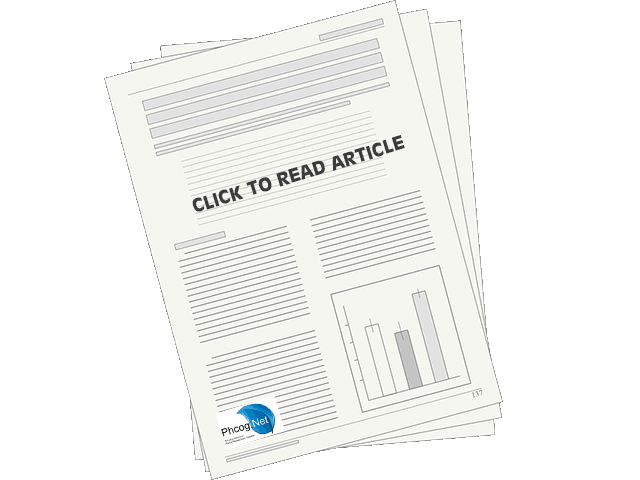Editorial
DOI:
https://doi.org/10.5530/ax.2012.2.1Abstract
It gives me great pleasure to introduce the fifth issue of Free Radicals and Antioxidants. This issue contains four original research articles, two short communications and a timely review article by Dr Rasikh Javaid[1]. Dr Javaid in his article has analyzed the effects of some commonly employed natural agents that have been shown to have a nephroprotective effect. In an interesting research article, Dr. Kumar and colleagues have investigated the serum levels of selenium in patients with type-II diabetes mellitus with either a presence or absence of cardiovascular or renal complications[2]. Their study, comprising 15 diabetics without complications, 20 with complications and 25 healthy subjects reveals that compared with healthy subjects, those with diabetes have lower serum selenium levels. Further, those diabetics with complications had a lower serum selenium than those without complications. The relationship between Selenium and diabetes is however quite complex. Zeng and co-workers for instance, noted that feeding pregnant rats with a selenium rich diet (containing between 0.3-3 mg/ kg selenium) was associated with development of signs of gestational diabetes like hyperinsulinemia and insulin resistance. Pups fed with selenium enriched chow also showed a similar phenotype[3]. Xu and colleagues on the other hand observed that when diabetic rats are fed with a combination of insulin and selenium for 4 weeks, the combination was better than insulin alone in controlling blood sugars[4]. This begs the question- what is the effect of selenium on the natural history of diabetes in humans? A secondary analysis of a randomized double blind placebo controlled trial revealed that people receiving 200 μg of selenium daily had a significantly increased risk of developing diabetes during an average period of 7.7 years of follow-up. To give a more objective idea of the effect, individuals who receive selenium supplements develop diabetes at a rate of 12.6 per 1000 person years. In comparison, those receiving placebo had an incidence of 8.4 cases of diabetes per 1000 person years (hazard ratio 1.55, 95% C.I. 1.03-2.33)[5]. But hold on, it is not a lost cause altogether! Faure and co-workers found that selenium supplementation at a dose of 960 μg/d for 3 months led to a significant decrease in the activity of the transcription factor NF-κB, a key mediator of vasculopathy in the peripheral blood mononuclear cells of diabetics {Faure, 2004 1 /id}. Could this mean that the effect of selenium in the natural history of diabetes is dependent on the dose and duration of supplementation? What is the interplay of selenium with other microminerals? What is its interaction with environmental factors and what mechanisms underlie these differential effects of this micronutrient? Future studies will hopefully answer some of these questions. Nonetheless, some food for thought!
The future of free radicals and antioxidants in medicine is expanding at a bewildering pace. It seems that separating the effect of each micronutrient is going to be difficult. However, a combination of multiple micronutrients interacts with the environment to influence the natural history of both acute and chronic human diseases. I hope the readers enjoy reading this issue of the journal and look forward to reviewing more exciting articles in this ever expanding field!. Read more...





